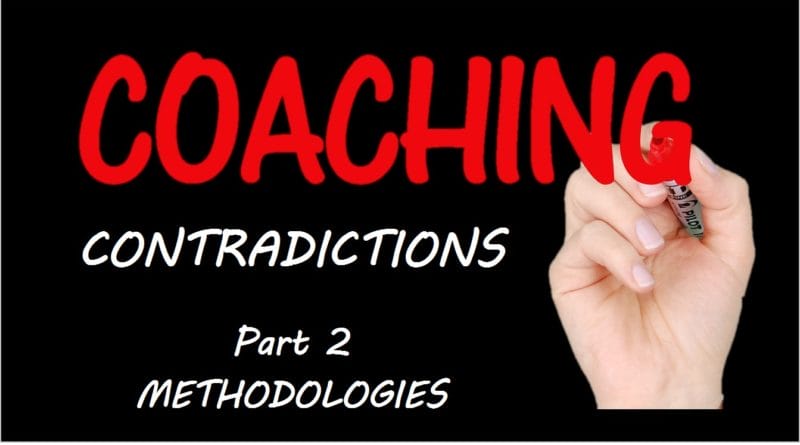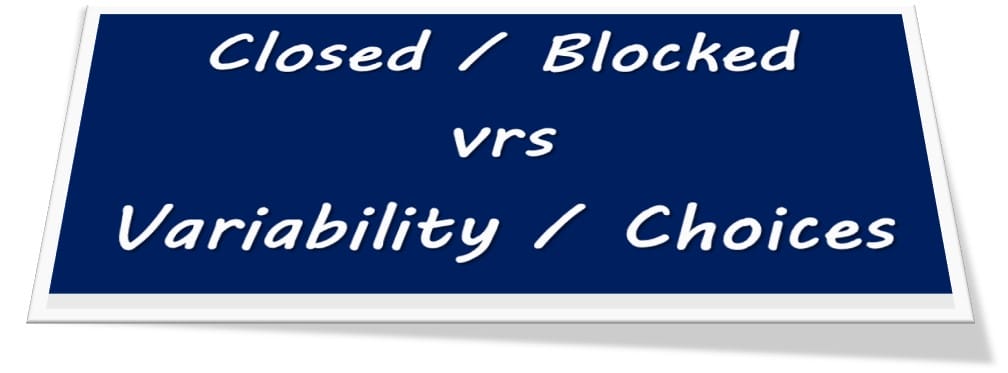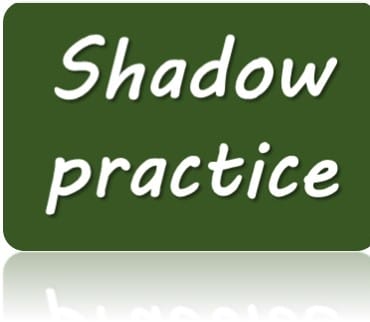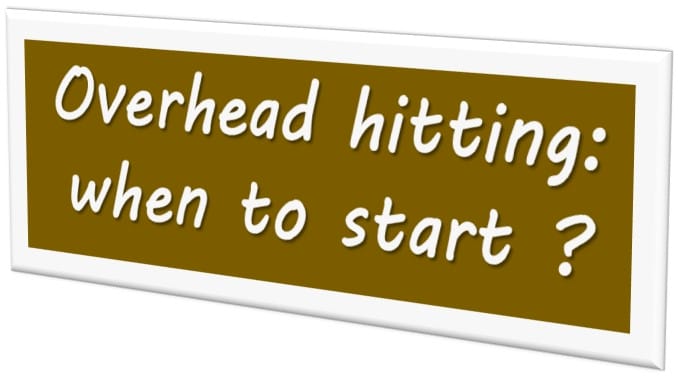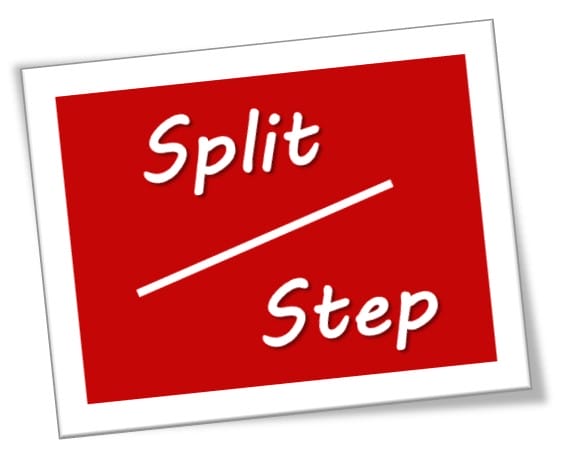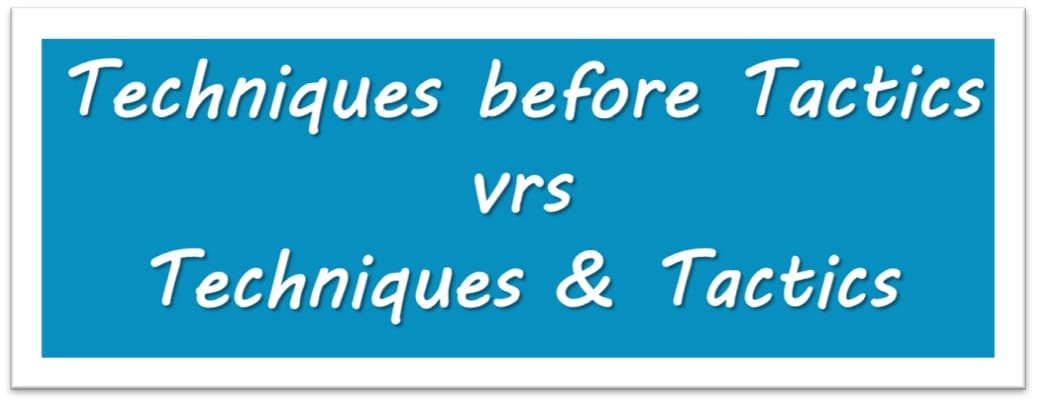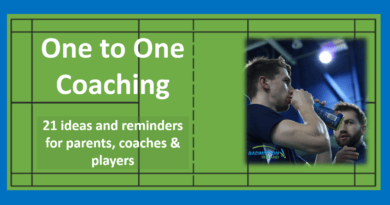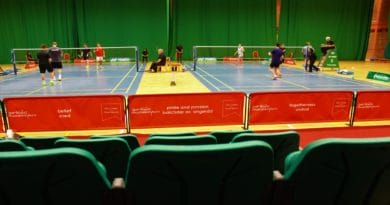Contradictory Badminton Advice : Part 2
This badminton coaching advice needs your thoughts
Which of these coaching methodologies do you agree with?
Your Challenge
Quickly scan the statements below and choose between the alternative contradictory badminton coaching advice that is being offered. Could you accept both or you may decide that neither fits your thinking, hopefully, you will be able to write an alternative option.
My aim is to create thoughts in your mind, thoughts that need resolution. Therefore I have deliberately tried to write an opposing view between each statement.
Can you choose between then, or would you prefer to create your own?
It’s important that you make a decision, it’s up to you if you want to share it 🙂
If you send me an email I will write a short post on any of the ones you choose or why not send me your ideas. If you have some contradictory badminton coaching advice, I’m happy to post on your behalf. contact@badmintonandy.com
– – – – – – – – – – – – – – – – – –
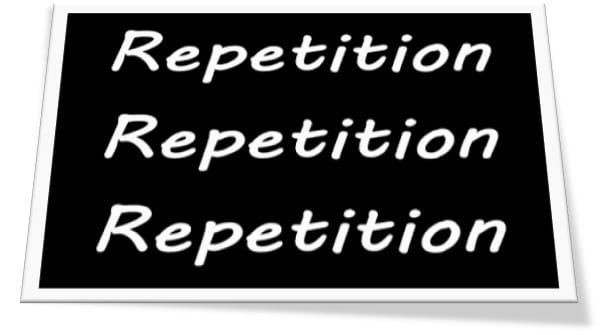 Repetition of specific (discrete) techniques without an opponent is good because it builds confidence in the stroke / movement through ‘closed’ routines and produces a ‘grooved’ stroke. More repetition increases player confidence, improves technique, practice enjoyment.
Repetition of specific (discrete) techniques without an opponent is good because it builds confidence in the stroke / movement through ‘closed’ routines and produces a ‘grooved’ stroke. More repetition increases player confidence, improves technique, practice enjoyment.
vrs
Prolonged repetition of techniques and stroke combinations without an opponent can be effective in the short-term but ineffective in the long term if improving performance competition is the goal. As there are no decision making or perception opportunities it produces stroke competency, but not match skills.
– – – – – – – – – – – – – – – – – –
Repetition is vital and the more ‘closed’ the practice the faster the skill will develop. Reduced ‘distractions’ (movement/variability/stress) allows rapid increases in practice performance.
vrs
Repetition is vital and the more varied the repetition the better the long term retention. Progress may initially appear slower and difficult.
– – – – – – – – – – – – – – – – – –
Shadow is excellent because players can focus on movement and visualization without an opponent. It is essential to understand movement patterns.
vrs
Shadow practice is not effective for developing match skills, the lack of stimulus (shuttle/opponent) limits the effectiveness. It is effective for physical and rehearsal of footwork patterns if those are the goals.
– – – – – – – – – – – – – – – – – –
Introduce and develop overhead hitting striking first as it’s an important skill, so needs to start early. Problems with technique can be resolved later.
vrs
Introduce and develop “below the shoulder” striking first to prevent overhead issues. The overhead is so important it can wait. Error-proof at the start.
– – – – – – – – – – – – – – – – – –
Introduce and develop the Split Step using isolated shadow and coach verbal prompts to initiate the different positions
Split in the direction you will move
vrs
Introduce and develop the Split Step by including it in practices without it being the main focus, integral but not the main component. Use tasks that include a shuttle, a racket, and an ‘opponent ‘
Split in the direction you choose, before the opponent strikes the shuttle. Prepare to move to the shuttle that will hit your court first.
Do you want to take the Split Step Challenge for Coaches
– – – – – – – – – – – – – – – – – –
Ensure that beginner players receive lots of technical information. It is vital that they know exactly what they are doing and can use that to develop themselves (without technical knowledge they will struggle to master the technique).
A coach should be able to list the technical points for every practice and share this with the player in during any descriptions, verbal prompts and in summarising outcomes
vrs
Coach players in a way that they ‘forget’ exactly what they were taught and are not sure exactly how they perform certain movements. Outline a technique and offer supporting phrases but don’t breakdown as in the coaching manual.
Do not list the technical components, just get on with the practice and seek to develop useable game-winning skills
(* allow ‘experts’ to understand finite elements if they wish)
– – – – – – – – – – – – – – – – – –
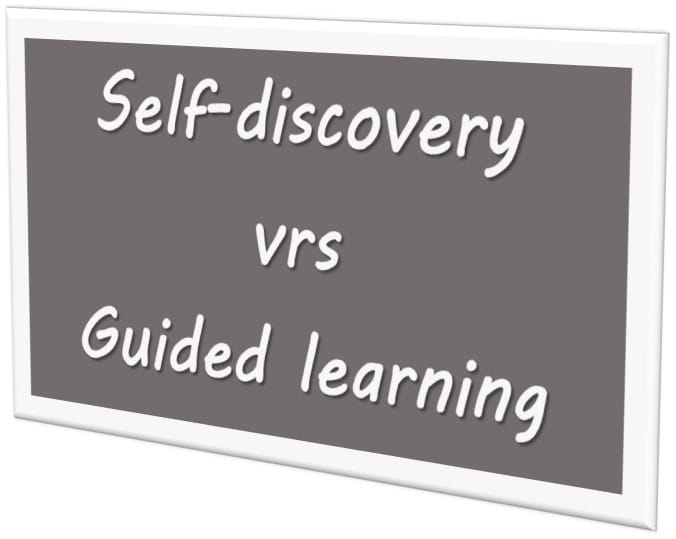 Allow beginner players to experiment: how to hold the racket, what swing type movements to use, how to lunge. Self-discovery without direct instructions is key. They will enjoy the process and discovery information to use.
Allow beginner players to experiment: how to hold the racket, what swing type movements to use, how to lunge. Self-discovery without direct instructions is key. They will enjoy the process and discovery information to use.
Ensure practices allow rather than direct.
vrs
Condition practice and select tasks that try to constrain or encourage certain skills to develop.
Aim to develop players through a defined pathway which is wide enough for free will (technique variation) but constrained to limit technical (developmental reducing) errors.
– – – – – – – – – – – – – – – – – –
Introduce tactics and player decisions once a set of ‘core’ techniques are established, not before, as the error rate will decrease motivation and be harmful to development. Techniques need to be established or to be near perfect before tactics can work.
vrs
Encourage tactical thinking and decision making as soon as skills are partly established. Welcome and expect the error rate to increase. Embrace and learn from errors.
– – – – – – – – – – – – – – – – – –
Repeat the practices that top coaches use, especially if it has just appeared on Instagram this week. If it works for Top players then use it.
“Train like a World Class player, play like a world-class player”
vrs
Believe in small progressive developments through tasks that link together. These will not be on Instagram you must work to find them. Development is the sum of effective, well thought out, progressive, motivational and player-specific gamelike practices.
Design and create practices that challenge the players’ specific skill level or just above, ensuing that they are full of desirable difficulties. World Class is an aim, not a practice type.
– – – – – – – – – – – – – – – – – –
Thank you 🙂
If you have reached the end of this post, I am very grateful for your motivation and support. Not many people read this far !!
Which of the contradictory badminton coaching advice statements did you choose?
Maybe some were difficult choices whilst others just took a few seconds to think about. Please know that I have deliberately tried to write an opposing view between each statement.
I hope that you found the process fun and challenging as it always DEPENDS on the aim of the practice/situation and who you working with
their goals, technical ability, their wants, competition nearness, and a few more
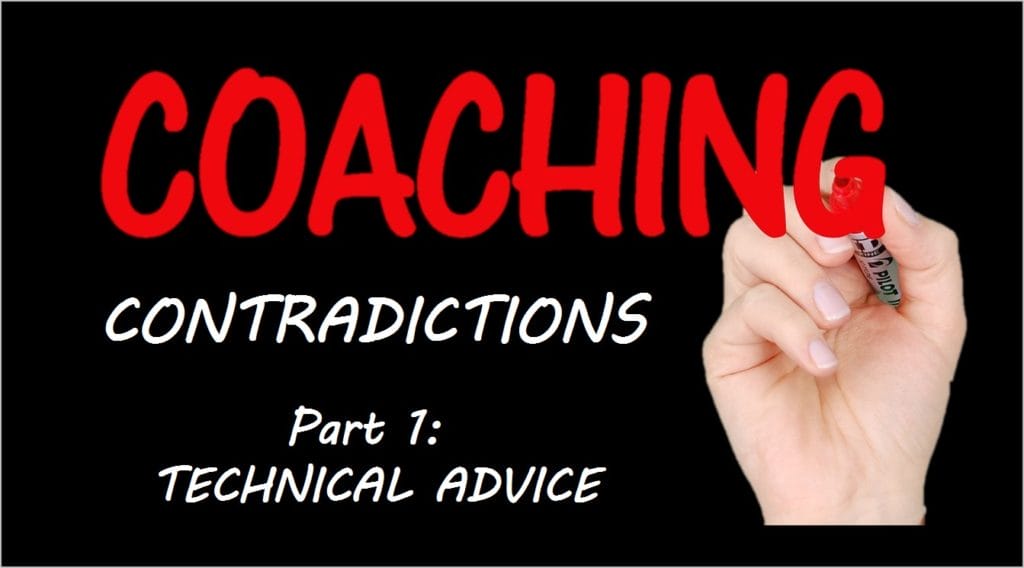
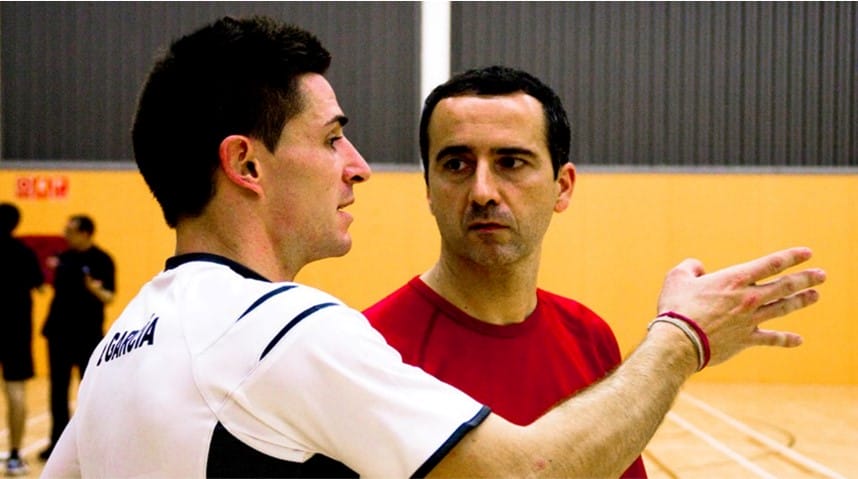
Send me an email, I am very grateful for every email I receive, I don’t mind if you disagree
Without your opinions about these contradictions, how can we all develop together

